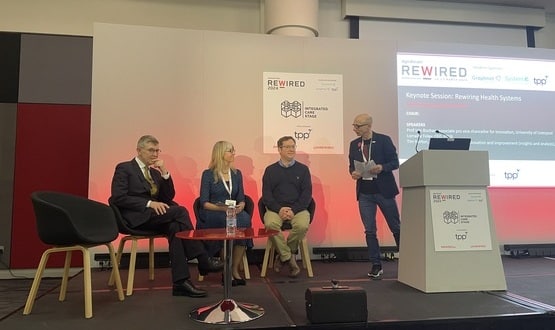Tech providers join forces to help get digital services into care homes
- 22 June 2020

Four technology providers have launched a major campaign to help the care home sector post-Covid by using digital services to improve their businesses.
Ascom UK, Person Centred Software, ATLAS eMAR and PainChek have partnered up to help care home-owners and staff go digital and to raise awareness of the benefits when technology is at the heart of care.
The campaign launches at an exceptionally challenging time for the sector – with high PPE costs, reduced occupancy levels and increased barriers to the outside world.
The Care Home of the Future campaign is backed by Vic Rayner, executive director of the National Care Forum, and Martin Green, chief executive of Care England.
Rayner said: “Covid 19 has shown us that good digital infrastructure and tools are essential. Where they were already in place, the transition to remote monitoring, consultation and support was swift and, in many cases, very effective.
“The digital divide has been laid bare, and we need to ensure that our future focus and vision for care homes – for people, providers and government – is to rapidly build bridges and support, which enable all care homes to have in place the core architecture that enables a state of digital readiness for whatever happens next.”
With 70% of care homes still reliant on paper systems, the campaign organisers believe integrated, best-in-class technology must be central to their operation.
They have identified three stages to becoming a Care Home of the Future:
- The initial digitisation process by implementing a digital system
- Joining up care by integrating with best-in-field specialists to enable continuity of care. This is across care settings from primary to secondary to residential, and back into secondary
- Transforming care through data accessibility, incisive analysis and the ability to provide predictive and preventative care.
Martin added: “Technology offers the opportunity for the care sector to move into the 21st-century and to deliver better outcomes for the people that we support, as well as reducing the burden on staff and improving efficiency.”



